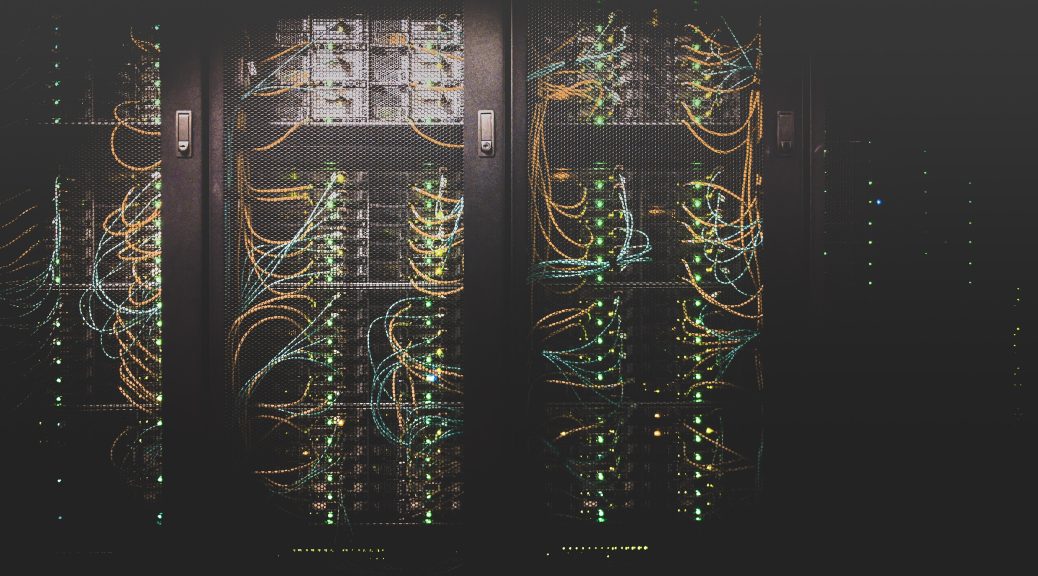
WHAT ARE E-INK FILMS? AND HOW DO THEY WORK?
Our world today is dominated by electrical engineering and digitalisation. The level of development of electronic devices is rising sharply. Whereas 25 years ago very few people had a mobile phone, today almost everyone has a high-tech computer in their pocket. This sharply rising trend in development is constantly generating new innovations and technological advances. Since every German household is equipped with an average of five to ten electronic screens, it is not surprising that research also continues in display technology and many interesting concepts are being developed and made marketable. In addition to conventional LED/LCD displays or displays with TN technology, e-ink displays, i.e. displays with “electronic ink”, have also been available for some time. These are also known as e-ink film or e-paper. What is behind this and how this technology works exactly is discussed in the following article.
How does E-Ink Film work?
The display technology E-Ink Film has been on the market for some time and is finding more and more applications due to its special technology. The technology got its name because it has a strong visual parallel to ink on paper. The most commonly used displays so far, such as LED/LCD or TN, rely on the idea that the surface consists of many individual pixels, each of which can display a single colour.
E-ink film, however, relies on an advanced system with an interesting chemical concept. The E-Ink screen consists of a layer with countless and tiny capsules. Each individual capsule is filled with particles. In black and white screens or greyscale displays, these capsules are filled only with black and white particles. For coloured display surfaces, the capsules are usually filled with particles of the colours magenta, yellow, cyan (turquoise) and white. These particles float in a clear liquid. The capsules are connected to transparent electrodes at the front and back. These individual particles are adjusted so that they can be moved by electrical charge. In this process, each colour has a different setting and the sequences of the coloured particles can be changed by electronic impulses.
Example:
In a greyscale display, the particles are set so that the black particles rise when there is a negative charge and the white particles rise when there is a positive charge. Each area of the display can receive different charges. Now, if the surface is to be completely white, then each capsule receives a positive charge. If an area is to display a black dot, then exactly this area receives a negative charge and turns black.
With e-ink films with coloured screens, the concept works the same way, except that the arrangement of the individual colour particles requires several charge states.
The advantages of e-ink film: power consumption
This type of display technology offers many advantages over traditional methods. The concept of displaying e-ink foils consumes much less power. This is because an e-ink display only requires power when a change in colour arrangement is initiated. Conventional LED displays use coloured light throughout. As a result, mobile devices with E-Ink film also have an exorbitant battery life. This characteristic means that there are wall murals with e-ink technology that do not consume any power at all as long as the image displayed on the wall is not changed.
The advantages of E-Ink film: Eye-friendliness
In addition, there are also strong advantages of e-ink displays over conventional display technologies in their interaction with the human eye. E-ink displays are much easier on the eyes. This is because the screen does not flicker, which is common with other display technologies. By reproducing the colour without light, the different capsules enable a static image that has a similar effect on the human eye as a picture on the wall or a written sheet of paper. This is of course an advantage for every user, but especially for people with visual impairments, these displays are a significant improvement.
It is also common knowledge that displays with LCD technology are dazzling in sunlight. In some cases, working in the open sun is simply impossible. When a device with e-ink technology is in use in sunlight, the readability is infinitely better.
Areas of application: E-book readers, information, work, automobiles.
These special features and advantages of e-ink technology have revolutionised some markets and have also created new markets. In principle, the areas of application for e-ink films are limitless, but the technology is gaining ground in some areas in particular.
The e-book reader market in particular has been revolutionised by e-ink. There were already e-book readers before the introduction of the e-ink film. However, these were equipped with LCD technology and were hardly able to achieve any significant breakthroughs. It was not until the middle of the 2010s, after the introduction of the e-ink film, that several new e-book readers appeared on the market. The reason for this was the fact that the new technology was able to make the disadvantages of the previous readers largely disappear and the concept of e-book readers became interesting again for the end consumer.Many display boards are also still operated with conventional display technologies today. These can be advertising boards in city spaces or information boards at airports. The savings in electricity by converting the technology to e-ink film could also revolutionise this market.Furthermore, devices with e-ink technology can also be used excellently for work in addition to reading. Here, too, the focus is on the advantages of e-ink foil. Thanks to the eye-friendly display, work can be done over a long period of time without tiring or straining the eyes.Last but not least, E-Ink Film is also being used more and more in design terms. The car manufacturer BMW presented a new model of the BMW iX at the CES (Consumer Electronic Show) in Las Vegas in January 2022. Namely, the BMW iX Flow has a special feature. It can change the colour of the outer skin. In addition, colour gradients and patterns can also be created. BMW has thus succeeded in creating an innovation for luxury cars that sets new standards in design. E-ink foil is also used here. The entire body is covered with it. This allows the colour of the car to be changed at the touch of a button.
History of E-Ink Film
E-Ink has become the popular name for this technology. However, behind the name is actually the company that developed the film. The E-Ink Corporation was founded in 1997 by some researchers after the technology was developed by some scientists and researchers at the Massachusetts Institute of Technology (MIT) in 1996. With this patented technology, the E-Ink Corporation was able to enter the mainstream through the e-book reader boom in 2006 and was even inducted into the Hall of Fame for National Inventors in the US in 2016. Since then, E-Ink has improved and overhauled its technology many times. E-Ink now also equips devices such as tablets, laptops and smartphones.


